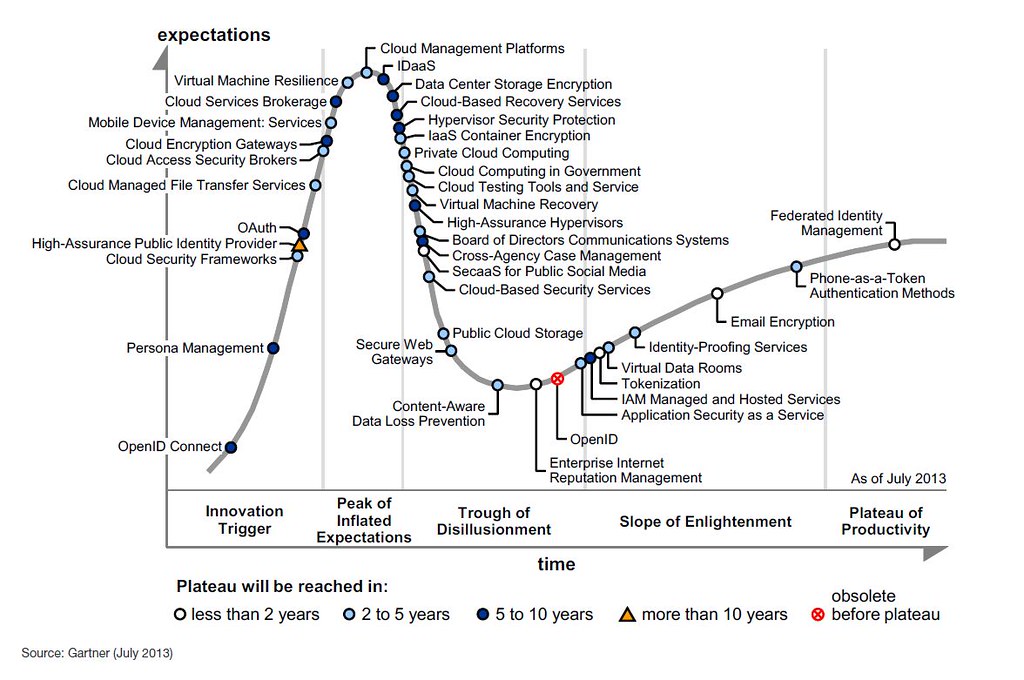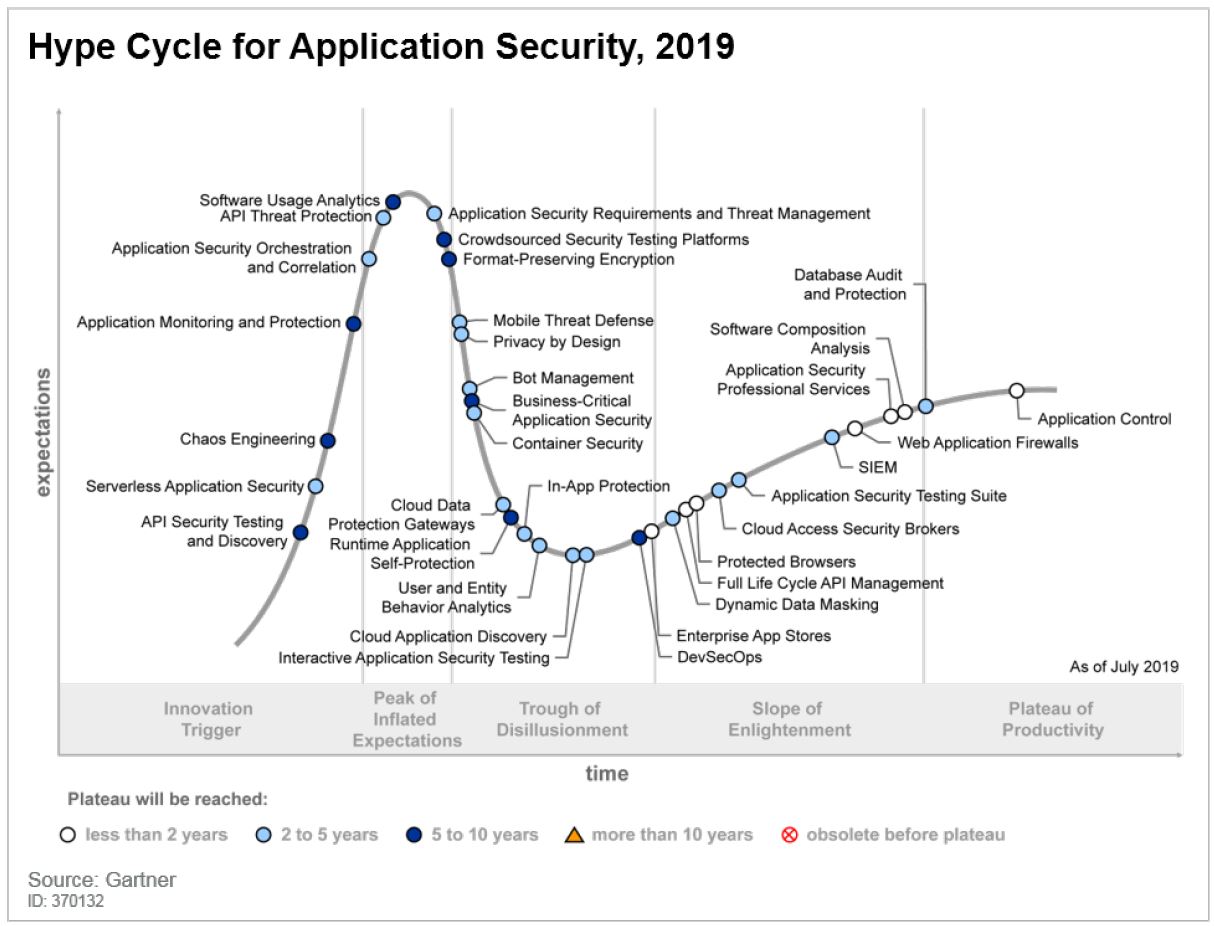

Gartner research director Lawrence Orans said that Network Access Control (NAC) is a technology that has moved from the 'Peak of Inflated Expectations' down to the 'Trough of Disillusionment' on the Hype Cycle for Infrastructure Protection since 2006, based largely on the fact that it is not commonly deployed to fulfill its initial usage case - quarantining PCs that are missing patches or have out-of-date anti-virus signatures.Īccording to Gartner, most early adopters of NAC have taken a different approach to NAC policies and have found worthwhile usage cases for NAC technologies. Technologies at the 'Peak of Inflated Expectations' on a Gartner Hype Cycle generally soon tip over the peak and experience disillusionment among enterprise users. Gartner recommends that organisations look at leveraging security-as-a-service providers, and bandwidth and remote connectivity service providers for opportunities to consolidate premises-based equipment into cloud-based delivery options, especially for remote-office or branch-office situations that would otherwise require on-site deployment and hardware maintenance. The small or midsize business is an appealing initial market for these delivery models at lower price points, and we expect that the technology will become mainstream within two to five years." "Cloud security providers must deliver on customer expectations for the effectiveness, scalability and cost savings of performing security filtering in the cloud or as a service. "Technologies at the 'peak of inflated expectations' on a Gartner Hype Cycle are there due to over-enthusiasm and unrealistic expectations, and limited successful implementations, as the technology is pushed to its limits," said Wagner. Gartner managing vice president Ray Wagner said the introduction of in-the-cloud and as-a-service offerings in security had the potential to change the landscape for vendors by tilting the advantage toward bandwidth and security-as-a-service providers, and by giving buyers an additional option in build or buy decisions. Services provided may include managed firewalls, intrusion detection systems, intrusion prevention systems, anti-virus services, distributed denial-of-service protection services, messaging security and Web gateway.

Security services provided ‘in the cloud’ have the potential to provide cost savings and faster deployment compared with equivalent-capacity, premises-based equipment, but providers are yet to deliver on customer expectations, according to Gartner.ĭefined by Gartner as Internet-fabric-based managed security services, 'in the cloud' security services appear at the 'peak of inflated expectations' on Gartner’s 2009 Hype Cycle for Infrastructure Protection.


 0 kommentar(er)
0 kommentar(er)
